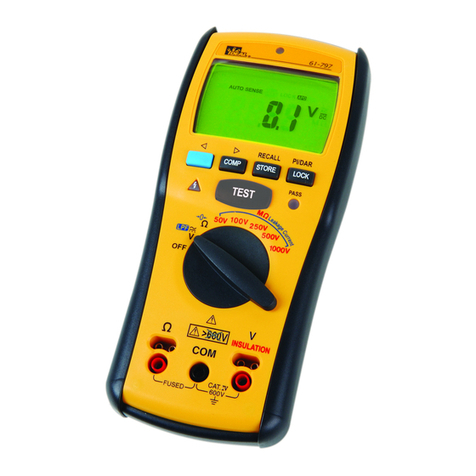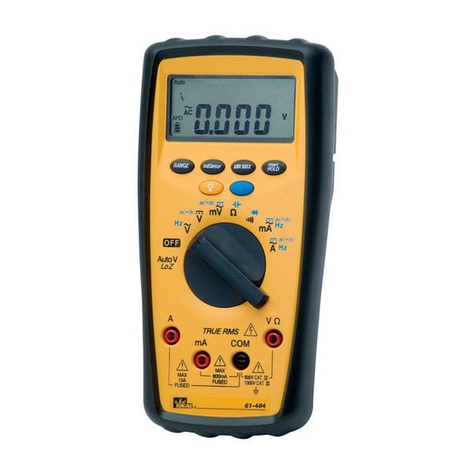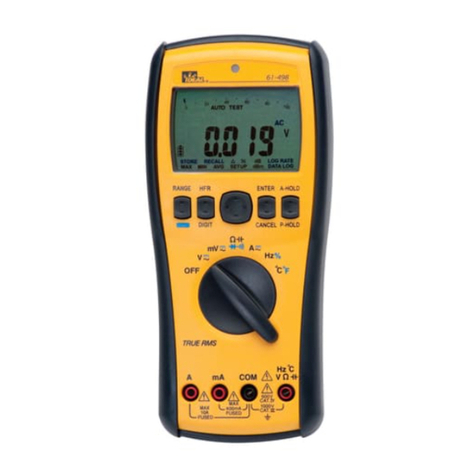IDEAL 61-494 User manual
Other IDEAL Multimeter manuals
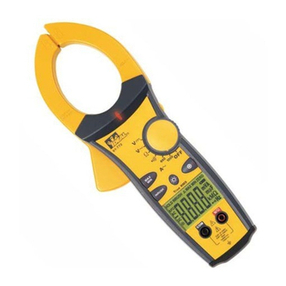
IDEAL
IDEAL 61-764 User manual
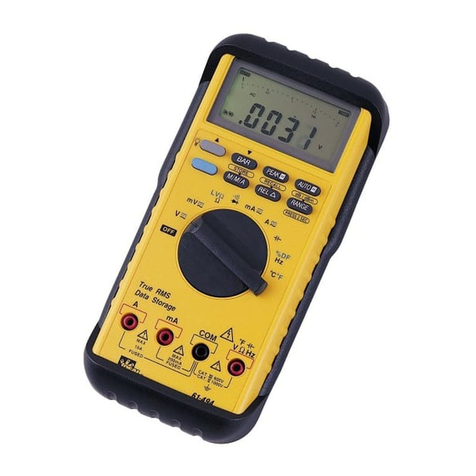
IDEAL
IDEAL ND 2385-1 User manual
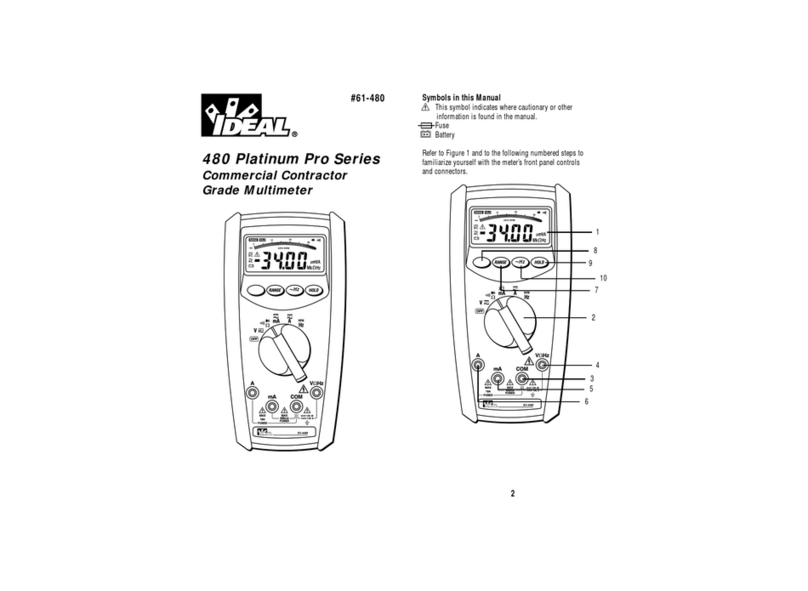
IDEAL
IDEAL ND 2350-1 User manual
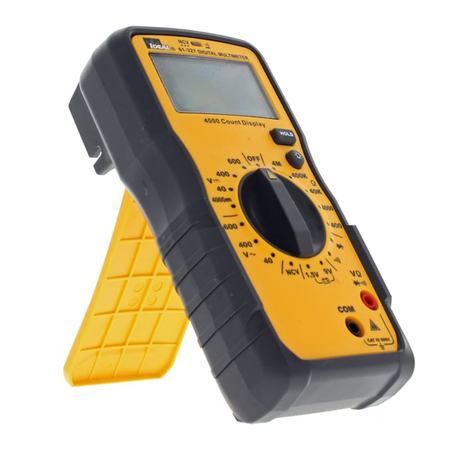
IDEAL
IDEAL 61-327 Use and care manual
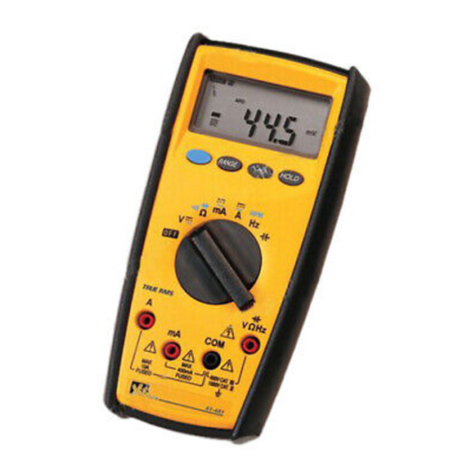
IDEAL
IDEAL ND 2365-1 User manual
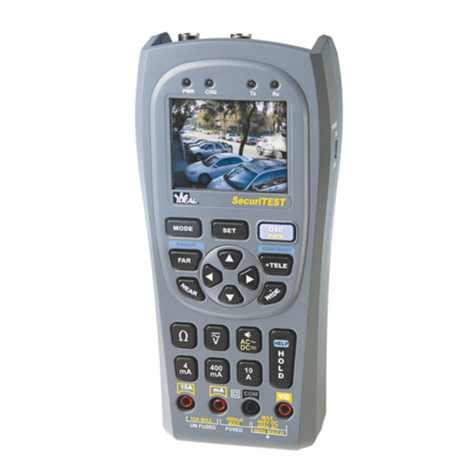
IDEAL
IDEAL SecuriTEST User manual

IDEAL
IDEAL Resi-Pro 310 Series User manual
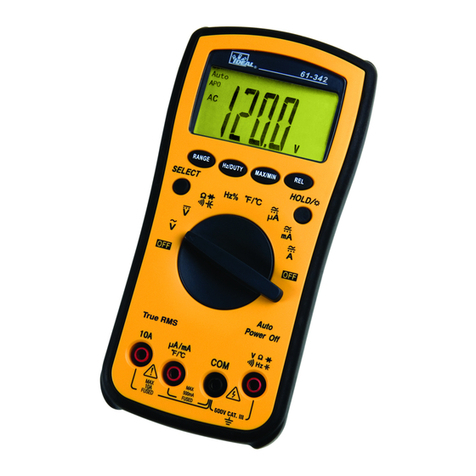
IDEAL
IDEAL 61-340 User manual
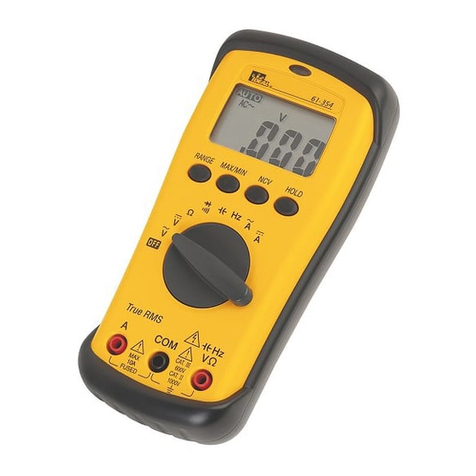
IDEAL
IDEAL 61-354 (TRMS) User manual
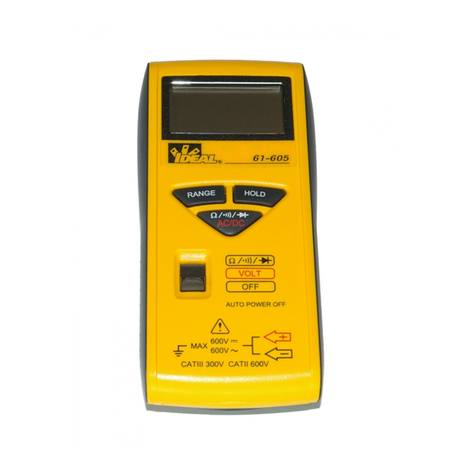
IDEAL
IDEAL 61-605 User manual
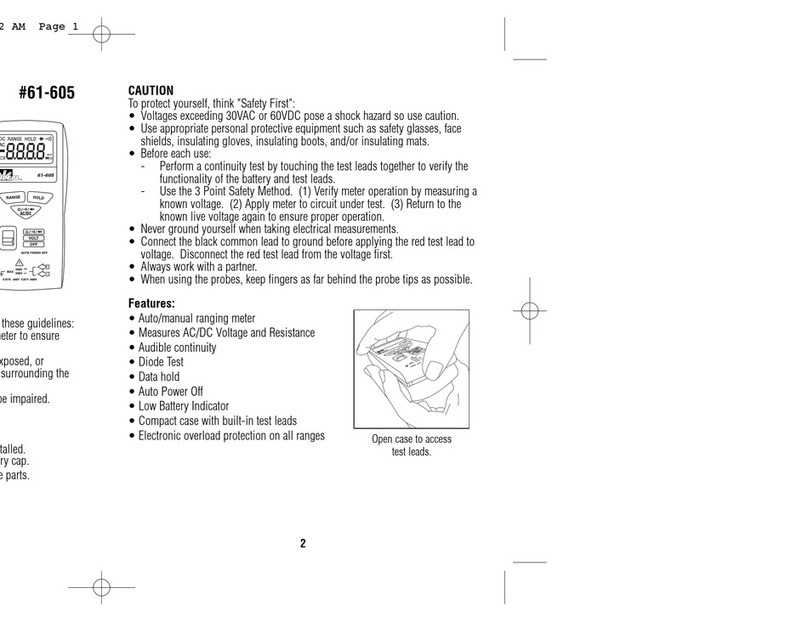
IDEAL
IDEAL ND 4950-3 User manual
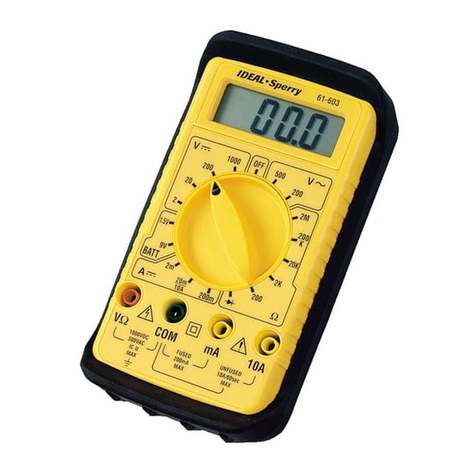
IDEAL
IDEAL 61-603 User manual
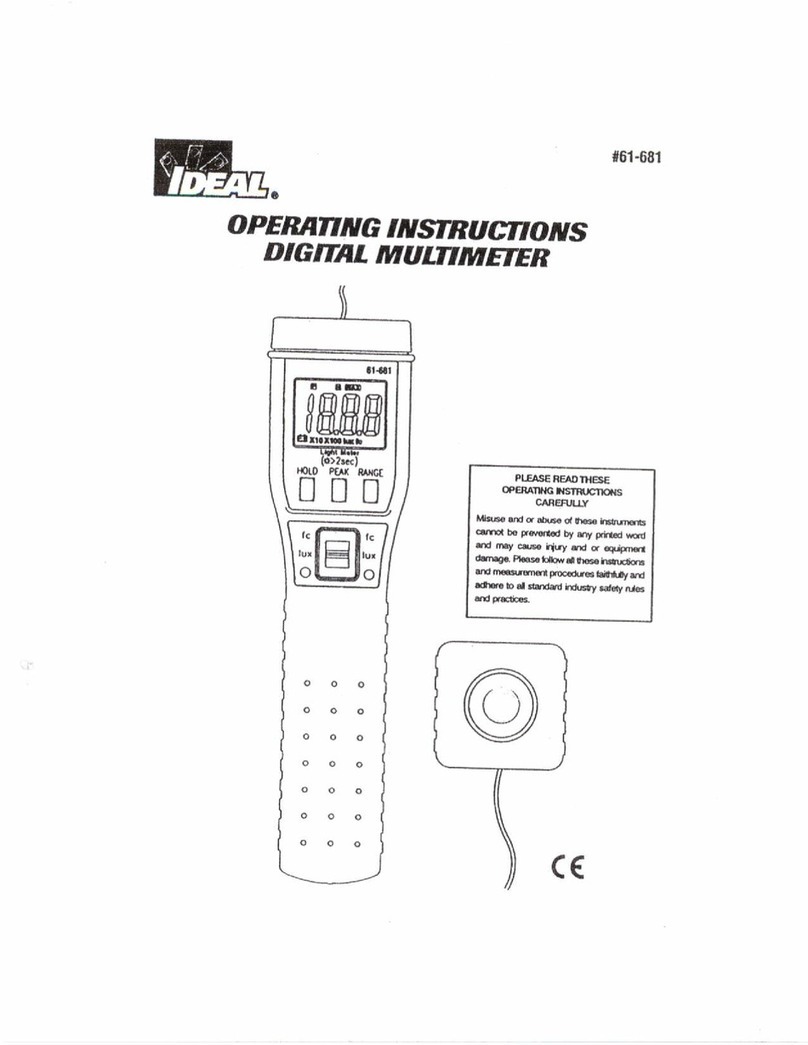
IDEAL
IDEAL 61-681 User manual
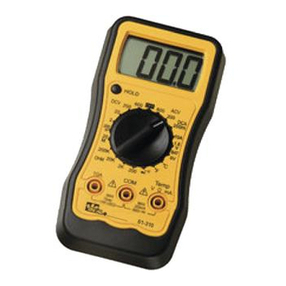
IDEAL
IDEAL 61-310 User manual

IDEAL
IDEAL 61-340 User manual

IDEAL
IDEAL 61-340 User manual
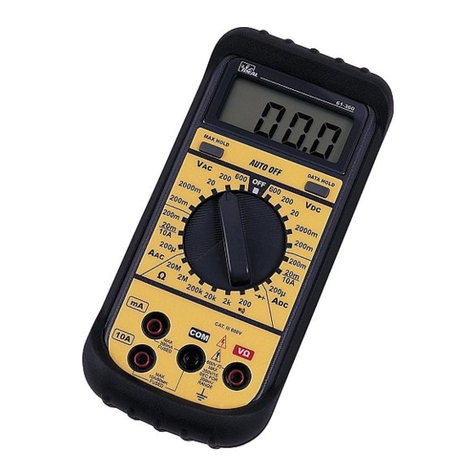
IDEAL
IDEAL ND 1075-2 User manual
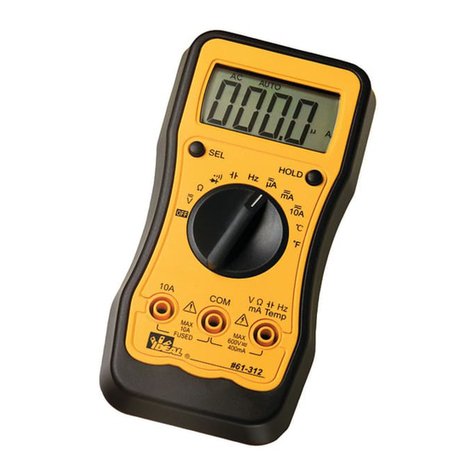
IDEAL
IDEAL 61-312 User manual
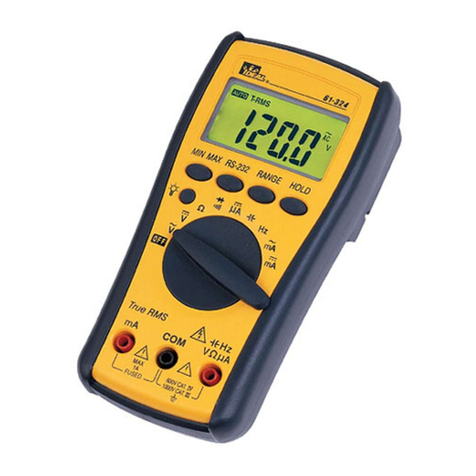
IDEAL
IDEAL ND 3405-1 User manual
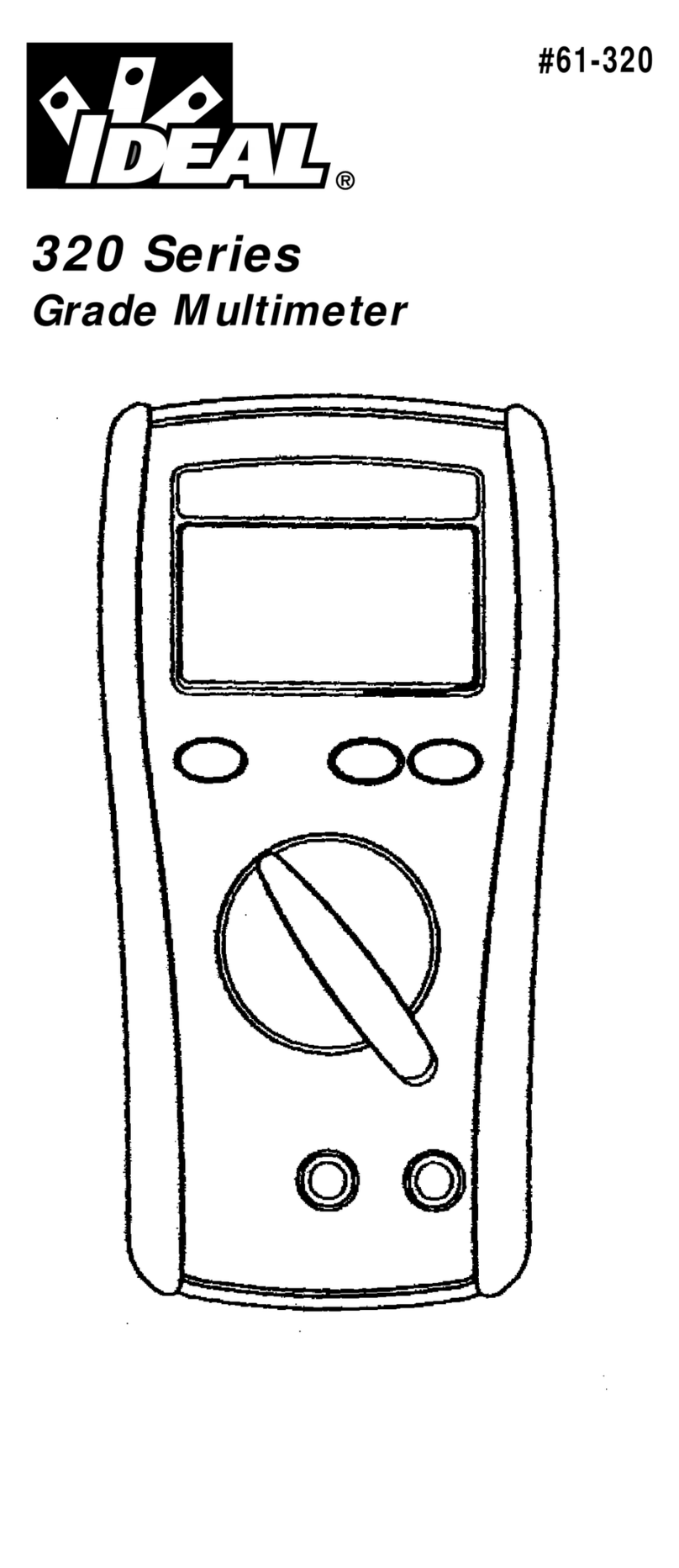
IDEAL
IDEAL ND 3511-1 User manual
